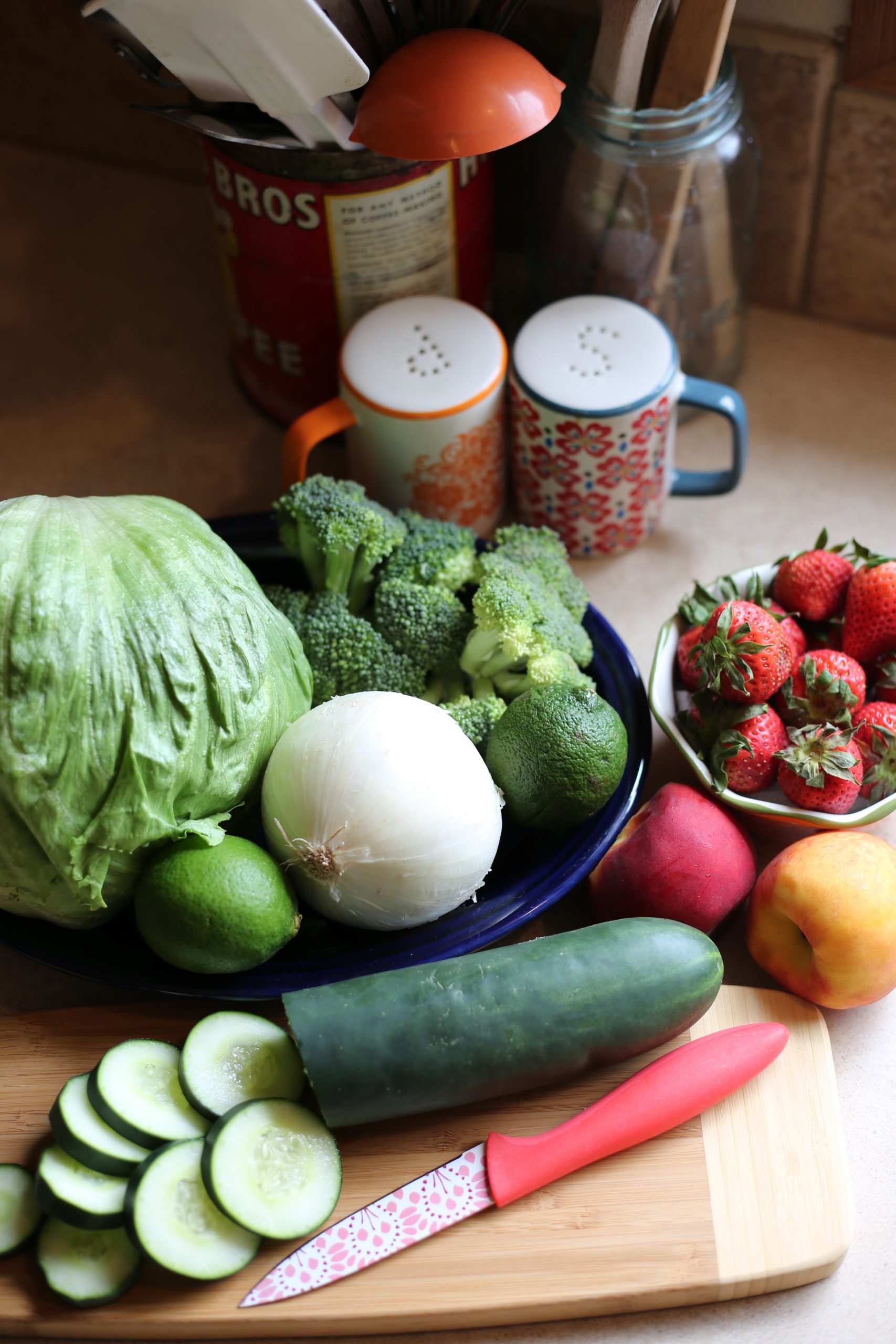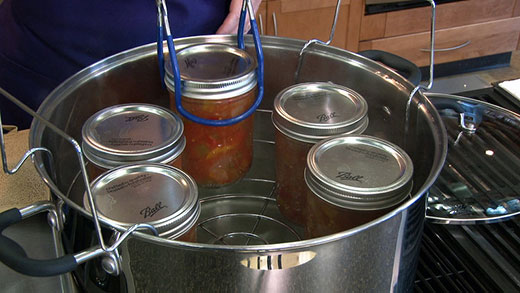Safety in the harvest field is often a priority, but food safety in those same fields can be easily overlooked.
Ashley Svaty, Extension specialist, family and consumer science at the Agricultural Research Center in Hays, Kansas, discussed simple and safe harvest meals at the Southwest Research and Extension Center’s Field Day Plus recently. She said every year an estimated one in six American’s get sick and 3,000 people die from food borne illnesses.
“People especially at a greater risk are those older than 65, children younger than 5, people with weakened immune systems and pregnant women,” Svaty said. “So, if you are in one of those categories, or if you know anybody in those categories when you are fixing them something to eat be especially careful.”
There are four basic steps for food safety—clean, separate, cook and chill.
“We always want to start with a clean surface, utensils and hands,” she said.
Wash hands for at least 20 seconds with soap and water. Svaty said always washing hands after handling uncooked meat, poultry, flour, and eggs, in addition to washing surfaces, utensils, countertops and starting with all clean surfaces is very important. The same goes for rinsing fresh fruits and vegetables before prep begins.
“All fresh fruits and vegetables—that includes cantaloupe and watermelon,” she said. “Because when you cut into that you’re cutting into the rind and anything on the rind—anything else that’s on there is slicing into your food.”
When bringing food out to the field, Svaty said there are a couple options for washing hands. A portable hand washing station is good to have.
“Get them (hands) as clean as you can,” she said. “Wet wipes, a bottle of water with soap, moist towelette. Work with whatever you’ve got.”
The next step, separating, means having separate utensils and cutting boards for fruits or vegetables and raw meat.
“Don’t use the same cutting board because those juices can transfer,” she said. “Don’t plate cooked food on a plate that you just brought raw chicken out to the grill. Don’t use that same plate without really washing it with hot soapy water to put your cooked chicken on.”
When thawing meat in the refrigerator, Svaty said it’s never a good idea to put thawing meat on the top shelf where juices could drip on items below it. A lipped container will help contain some of the liquids.
When it comes to cooking, Svaty said to use a food thermometer and know the proper temperatures for meats.
When chilling foods after they’ve been prepared, it’s important to get the food back into the refrigerator within two hours at room temperature.
“Because bacteria will multiply rapidly at room temperature and especially if temperatures are above 90 degrees,” she said. “So, if we’re at a cookout, everybody’s eating outside and it’s been an hour, you got to start getting that food back into the refrigerator.”
If the food’s not going to be thrown away be sure to get it back into the fridge in a timely manner.
“But that danger zone where bacteria rapidly multiply is 40 to 140 degrees,” she said. “So, your refrigerator should be at 40 degrees or below and your freezer should be at zero degrees or below.”
Leftovers that go into the refrigerator should be in a shallow dish—2 inches or shallower in order for it to cool correctly. If you cook a large pot of something and just put the whole thing in the refrigerator, it’s not going to get cooled down in time and bacteria can possibly grow.
Sign up for HPJ Insights
Our weekly newsletter delivers the latest news straight to your inbox including breaking news, our exclusive columns and much more.
Safely thawing foods is just as important. Keeping those bowls at the bottom of the refrigerator is helpful and food can be thawed in cold water or in the microwave.
Food safe in the field
Don’t forget about coolers, icepacks, paper plates, spoons, go-to pantry items, napkins, etc. This will help with packing and getting everything to the field in a safe, timely manner.
“Use different coolers because if you’re always opening up the food for a snack or if you’re always opening the drinks, getting the water out of the water bottles. You don’t always want to heat the food up,” she said.
Svaty suggests stocking up on storage containers, freezer bags, aluminum foil before harvest starts.
Planning meals—if you don’t have your go-to meals or some simple meals to make for harvest, Svaty suggests getting those together ahead of time.
Be sure to include something healthy for snacks or an addition to a meal to keep that nutrition up. Things like fresh fruit, fruit cups or dried fruit or trail mix. Unsalted nuts and seeds to snack on.
Reduced sodium jerky could be a protein option too.
Svaty said to remember once the food is out in the field, eat as soon as it arrives. Keep hot foods hot, and cold foods cold.
And finally remember the one-hour rule.
“We’ve got one hour to eat the food, or it’s got to be thrown away,” Svaty said.
Kylene Scott can be reached at 620-227-1804 or [email protected].




